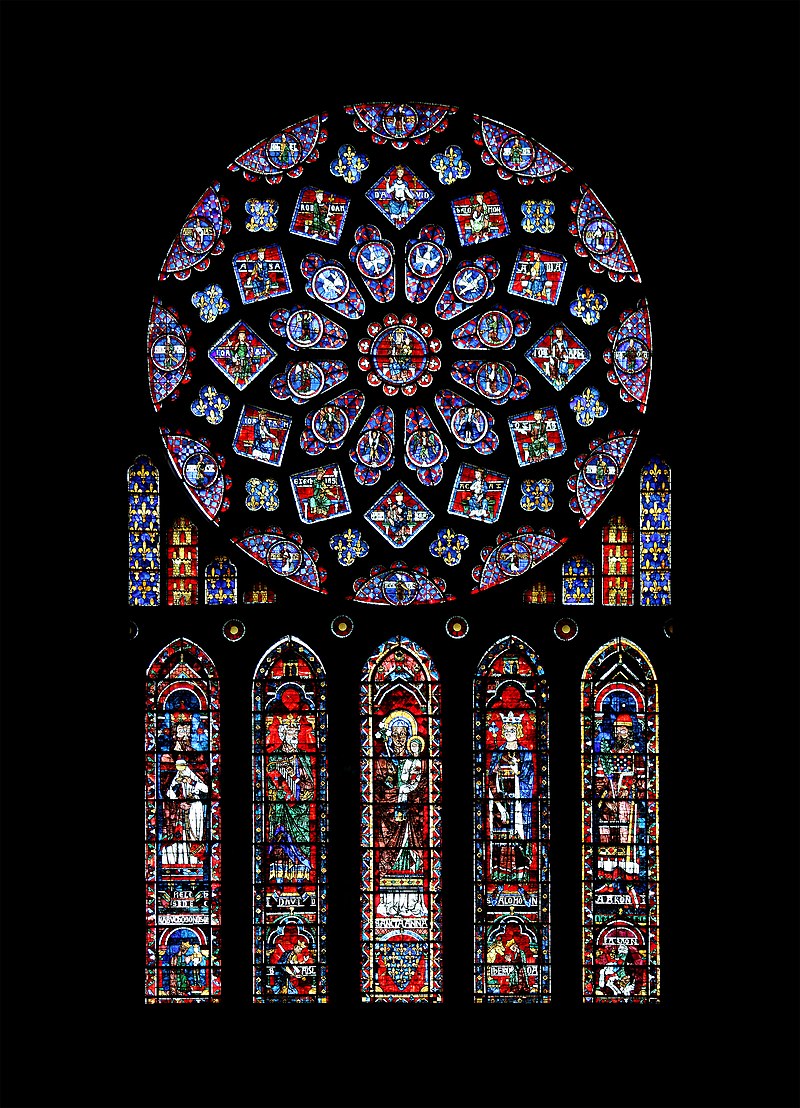The church played a vital role in society?
(True or False)
True
Where did the word "Holiday" originate from?
It comes from the words "Holy Day"
Most art wasn't made for religious purposes?
(True or False)
False
What was the common religion for the people of the Middle Ages?
Christianity
What were church taxes called?
Tithes
Why is it important for the church and state to be connected?
So people would be more drawn to religion through trust.
What were the two main medieval holidays?
Christmas and Easter
Where may you find gargoyles?
Roman gothic churches
Why would men become monks?
Refuge, to study, and a quiet life of prayer
What word does cathedral originate from?
cathedral comes from the Latin word cathedra
The church provided _______ guidance
spiritual
What was celebrated almost everyday?
Christian saints
How long would it typically take to construct a cathedral?
50-100 years
Who developed the monastic lifestyle in western Europe?
Saint Benedict
Was divorce allowed?
No

Stained glass
How many days did Christmas last?
12 days
What are the stone arches on the outside of the church called?
flying buttresses
What is a community of nuns called?
A convent
Who has authority over the bishops?
The pope
People looked at the church to?
To explain world events, Storms, diseases, and to give them a path to heaven.
How were holidays and festivals celebrated?
Music, dancing, and food were all part of major medieval holidays and festivals
In medieval times, some people believed gargoyles were placed as devils and evil spirits?
(True or false)
False
What were Benedictines three solemn vows, or promises?
(to own no property), chastity (never to marry), and obedience (to obey their leaders).
The Catholic Church in Europe had a heavy influence during the High Middle Ages, the period from...
about 1000 to 1300 C.E.